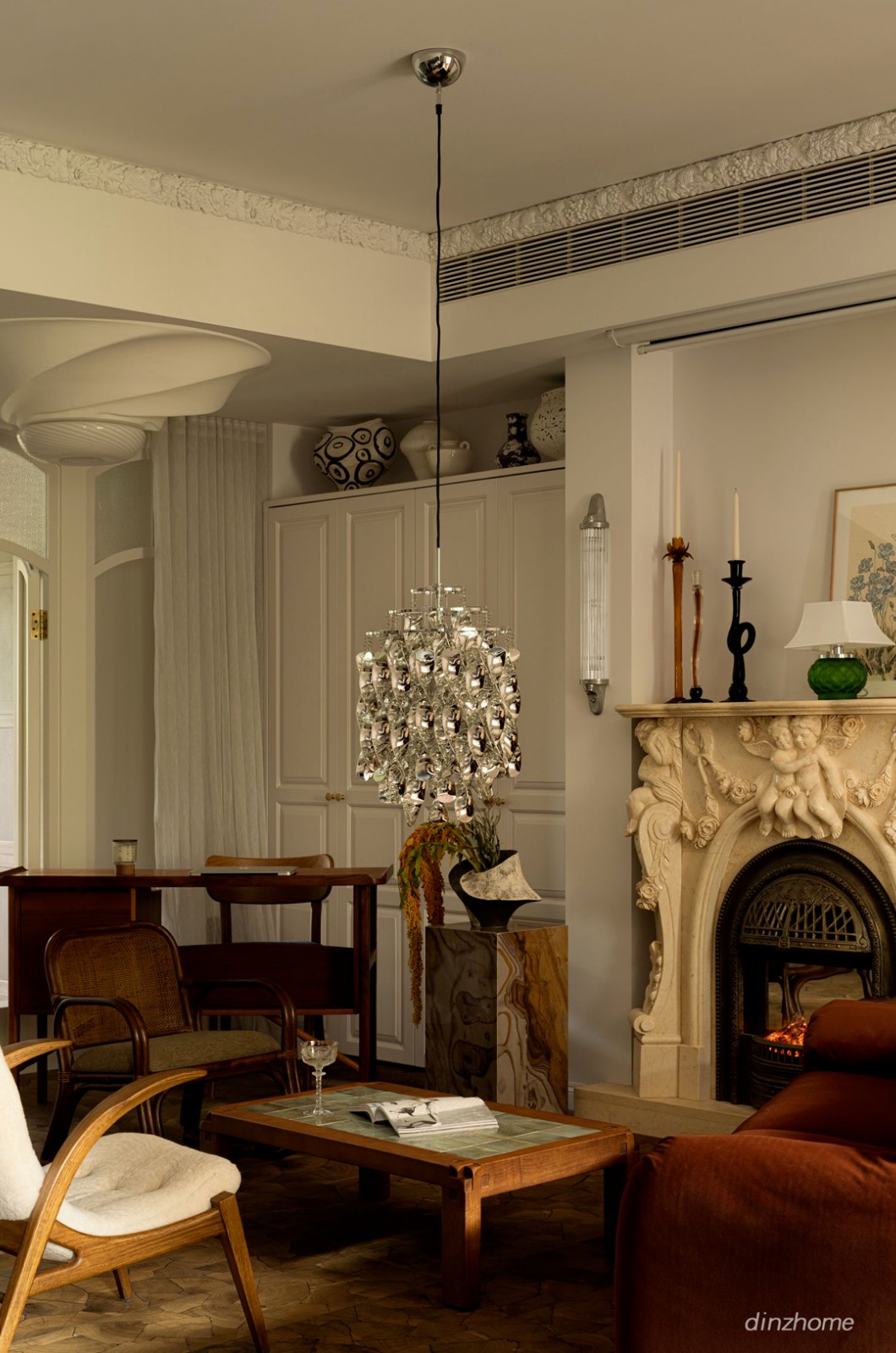Geo Metria Mount Fuji Architects Studio
2013-06-11 01:00
© Kenichi Suzuki
c.铃木健一


在大原平原上的哈肯山脉的峰顶上有一个地方,它阳光明媚,起伏不定,山坡上曾经种着果树。
On the crest of Hakone´s mountain range along the Odawara plain is a site.It´s sunny rolling hillside was once planted with fruit trees.
© Kenichi Suzuki
c.铃木健一


在南侧,你可以清楚地看到远处的萨加米湾,那里北面有一座山给你避风挡雨的地方。在夏天,落叶的阔叶树投下了舒缓的阴影,在冬天,它们会脱落叶子,让微弱的阳光温暖潮湿的山地土壤。
On the south side you have a clear view of the distant Sagami Bay, north of the site a mountain gives shelter from the north wind.Deciduous broad-leaved trees cast soothing shadow in summer, in winter they shed their leaves and allow weak sunlight to warm up the moist mountain soil.
完美的居住环境就在那里,静静地等待着被发现,而不是为了完成正常的“房子”而带来一种不是从土地上衍生出来的新的价格,而应该在这里建立一个适宜居住的地方。
The perfect living environment was there, waiting quietly to be found.Rather than bringing a new priciple that is not derived from the land in order to complete a normal“ house, a place of habitability should be established here.
© Kenichi Suzuki
c.铃木健一


作为一名建筑师,我的使命是画出土地的潜在“宜居性”,并加以调整和放大,使之足以供人居住,简言之,我们的目标是建造一座完全由土地组织起来的建筑。
My mission as an architect is to draw out the latent “habitability” of the land, adjust and amplify it, so that it provides just enough for a man to live.In short, we aimed to construct an architecture completely organized by the land.
解决的办法是减少设计步骤,只留下基本的建设性因素,设置框架和建造屋顶,然后我们“倾听土地”并作出决定。
The resolution is to reduce the designing step and leave only fundamental constructive factors, setting frames and building a roof, then we “listen to the land” and make a decision.
© Kenichi Suzuki
c.铃木健一


两组门式刚架(长约12米)以一个角度组合在一起,以适应该地方的轻微曲线,并形成一个以桁架结构为中心的齿条装配。用作框架的材料是层合单板木料(38x286毫米)。薄结构是通过有效地将弱轴上的水平力通过以下途径分配到后心来实现的。在天花板下面的一种脊接桁架。(中间部分的交点防止了6米长的梁的挠曲。)
Two sets of portal frames (about 12m in length) are combined in an angle to fit the slight curve of the place and form a rack assembly with truss structure at the center.The material used as frame is laminated veneer lumber (38 x 286mm).The thin structure is being achieved by efficiently distributing horizontal force on weak axes to the back core through a ridge-jointed truss underneath the ceiling.(The cross points in the middle part prevent a deflection of the 6-meter-long beams.)
这些带有搁板的鳍状柱还起到半透明隔断的作用,松散地将空间隔开。 每根横梁都向北倾斜,以支撑有足够螺距来应对雨天和区分天花板高度的屋顶。与倾斜的地面相比,这就给出了复杂生命所需的空间“变化”。
These fin-like columns with shelf plates also play a role of semi-transparent partition that separates the space loosely. Each beams slant is in a northward direction to support the roof that has enough pitch to handle the rainy weather and differentiate the ceiling height.Together with the tilted ground, this gives the spatial “variation” that complex life requires.
© Kenichi Suzuki
c.铃木健一


正如你所看到的,这个地方的特征(地貌特征,降雨量)为这座建筑增添了一个特殊的“几何”,它决定了建筑的结构和由此产生的居住空间,并带来了它们之间的和谐。
As you see, the features of this site (geomorphic characteristics, amount of rain) add a special “geometry” to this architecture.It determines the structure and the resulting dwelling space and brings harmony amongst them.


如果您,如单词的来源所示,通过对土地(=geo)进行近距离测量(=metria)来确定建筑的顺序(=几何学),则随后的建筑将具有清晰的顺序,同时保持土地的连续性。
If you, as the origin of the word indicates, decide the order of an architecture (=geometry) by taking a close survey (=metria) of the land (=geo), the consequent architecture will have clear order while retaining the continuity of the land.
“仔细观察这个网站,找出它隐藏的几何图形。” 占了我们几乎所有的设计作品,也是它的精髓。
“Observing the site closely and finding its hidden geometry.” That accounts for almost all of our design works and, is essence of it.
























































Architects Mount Fuji Architects Studio
Location Japan
Category Houses
Area 123.95 sqm
Project Year 2011
Photographs Kenichi Suzuki
























